Kia Sorento SUV (2010-2014) engines, drive and performance
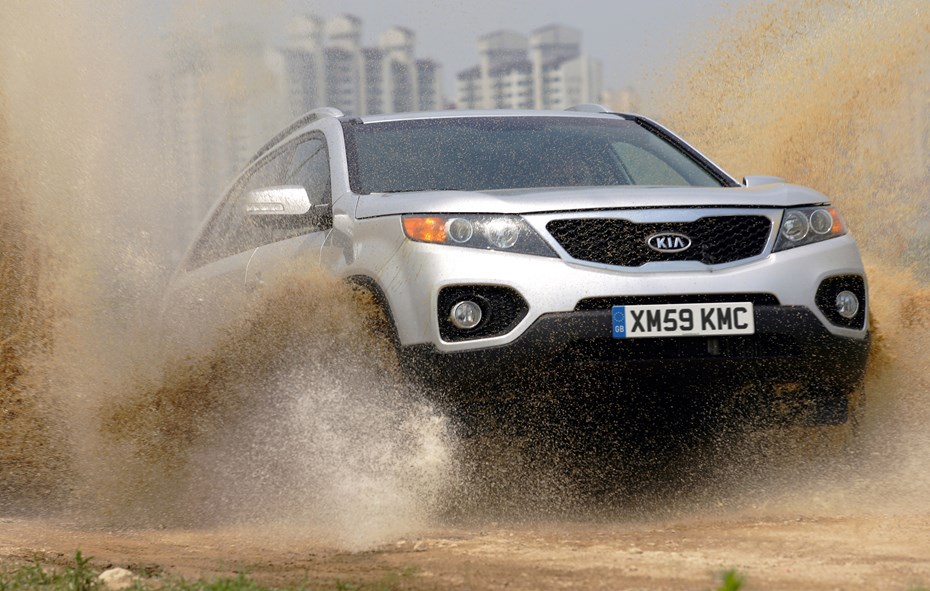
It’s not thrills a minute when you are pushing the Sorento but it does go about its business effortlessly and briskly, particularly if you opt for the 2.2CRDi (the entry level petrol 2.4 petrol isn’t really worth considering). It’s a two-tonne SUV car, but it’ll still get you to 60mph in just a fraction over nine seconds and it’ll get to 118mph if you keep your foot to the floor.
This 2.2-litre engine delivers much more power than the old model: total output is 194bhp compared with the 168bhp from the previous generation. There’s a healthy lump of pulling power at your disposal too – 422Nm of torque is available at just 1,800rpm – and you can really feel it as you accelerate off the line or when you need a bit of extra go on the motorway or on a B-road.
The petrol, which is likely to be a bit-part player in the line-up, develops 172bhp with 225Nm of torque at 3,750rpm and it’ll take you to the 60mph benchmark in 10.1 seconds. The petrol is only available with two-wheel drive and a six-speed manual gearbox, while the diesel-powered version can be specified with either two-wheel or four-wheel drive, and either with a six-speed manual or six-speed automatic gearbox.
In 2012 the Kia Sorento performance capabilities were changed, with a single engine now available. The 2.2-litre CRDi engine drives all four wheels via either a six-speed manual or six-speed automatic gearbox (auto only for KX-3). It produces 194bhp and 422Nm of pulling power from 1,800rpm. It allows the Sorento to hit 60mph in 9.4 seconds (manual) or 9.5 seconds (auto), with a top speed of 118mph. On the road the engine is smooth and refined, and pulls very strongly indeed. The automatic gearbox feels old fashioned now, though, and it dulls the experience down somewhat.
It does feel like a bit of a lump when you are cornering – it’s a heavy 4x4 after all – but it’s way more capable around the twisty bits than the old model. The suspension is soft so it hardly feels dynamic and there’s a quite a bit of body lean when you enter corners at higher than average speeds. It’s not horrendous though, and it’s on par, if not better, than the rivals in the handling department.
The steering is nicely weighted but you don’t get an awful lot of feel through the wheel. The brakes have excellent stopping power and we found them extremely handy when we needed to stop quickly on a wet motorway. The two-wheel-drive version is 60kg lighter than the four-wheel-drive models so it’ll be more agile. The four-wheel-drive model delivers 100% of the engine torque to the front wheels on the road but whenever the front wheels start to slip some of that pulling power will be transferred to the rears for extra grip.
For extra traction off road drivers can select the lock mode that splits the torque by 50:50 to the front and back wheels and it maintains that split up to speeds of 19mph. The Sorento also has hill start assist control that prevents the wheels spinning and the car from rolling backwards when pulling away and there’s downhill brake control that limits the speed to 5mph on steep descents. The Sorento can also tow trailers weighing up to 2,500kg.
The 2012 update saw a raft of changes to the handling of the Sorento. It still moves around a fair bit when cornering, but it is more taught and engaging too. Top-of-the-range KX-3 models get Flex Steer, which adjusts the steering between ‘Comfort’ (lighter), ‘Normal’ and ‘Sports’ (heavier) modes depending on which the driver selects.


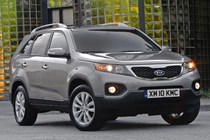


.jpg)
.jpg)
.jpg)
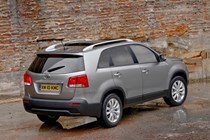
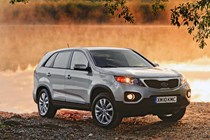
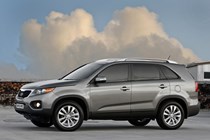
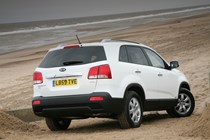
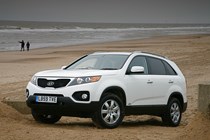

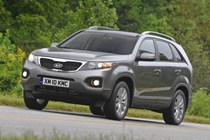
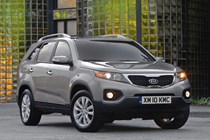

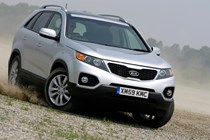

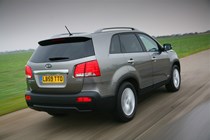
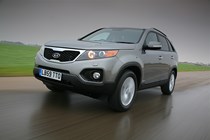

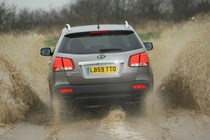
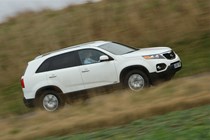
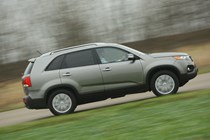
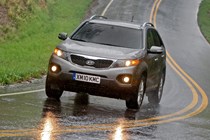
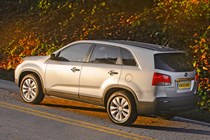
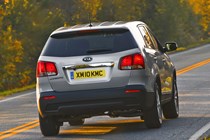
.jpg)
.jpg)
.jpg)
.jpg)
.jpg)
.jpg)
.jpg)
.jpg)
.jpg)

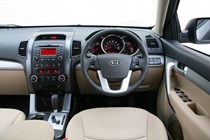

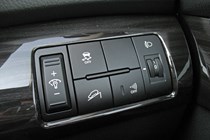
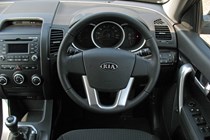

.jpg)
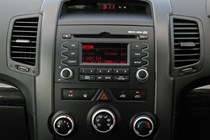
.jpg)
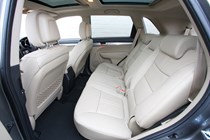

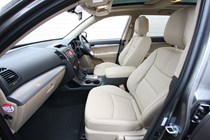
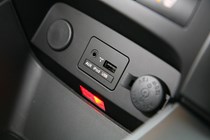
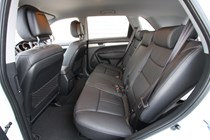

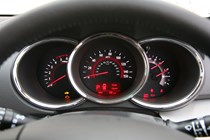
.jpg)
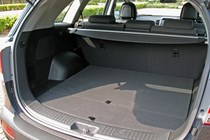
.jpg)
.jpg)
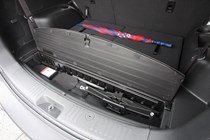
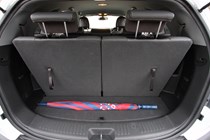
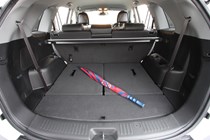
.jpg)
.jpg)
.jpg)



.jpg?quality=50)
.jpg?quality=50)
.jpg?quality=50)




















.jpg?quality=50)
.jpg?quality=50)
.jpg?quality=50)
.jpg?quality=50)
.jpg?quality=50)
.jpg?quality=50)
.jpg?quality=50)
.jpg?quality=50)
.jpg?quality=50)






.jpg?quality=50)

.jpg?quality=50)







.jpg?quality=50)

.jpg?quality=50)
.jpg?quality=50)



.jpg?quality=50)
.jpg?quality=50)
.jpg?quality=50)